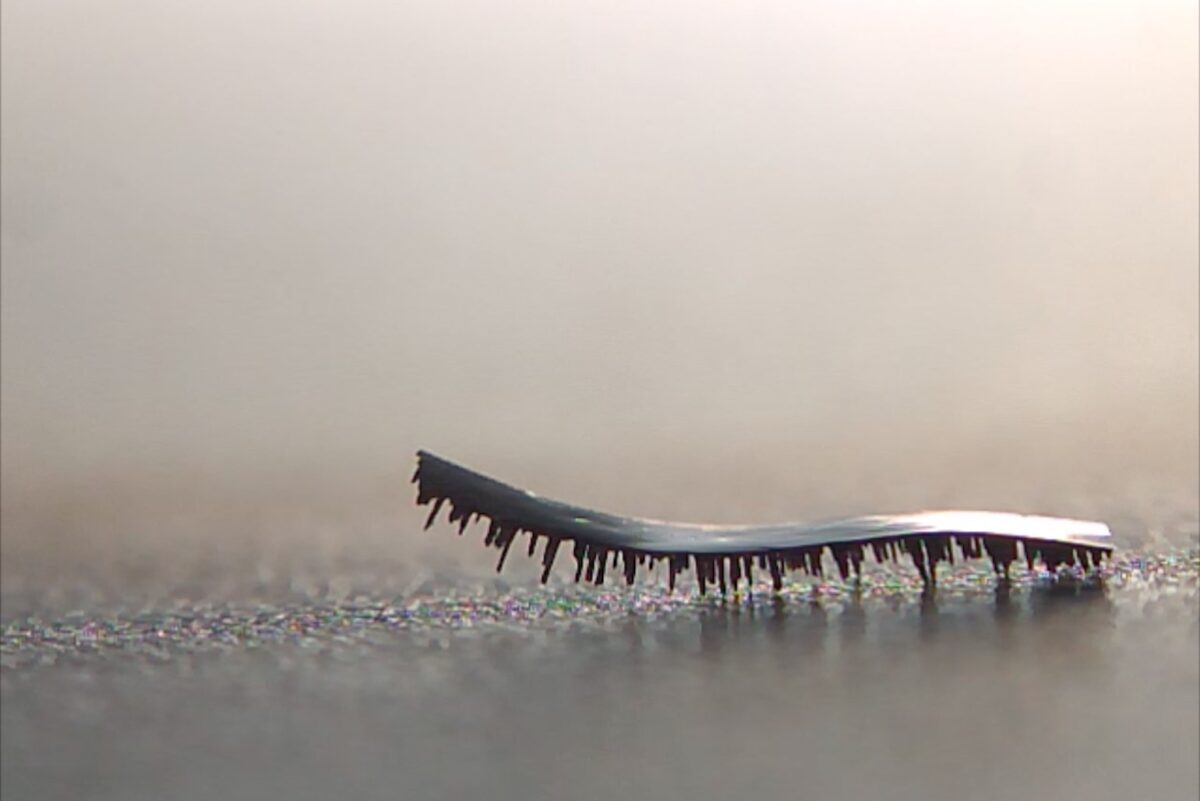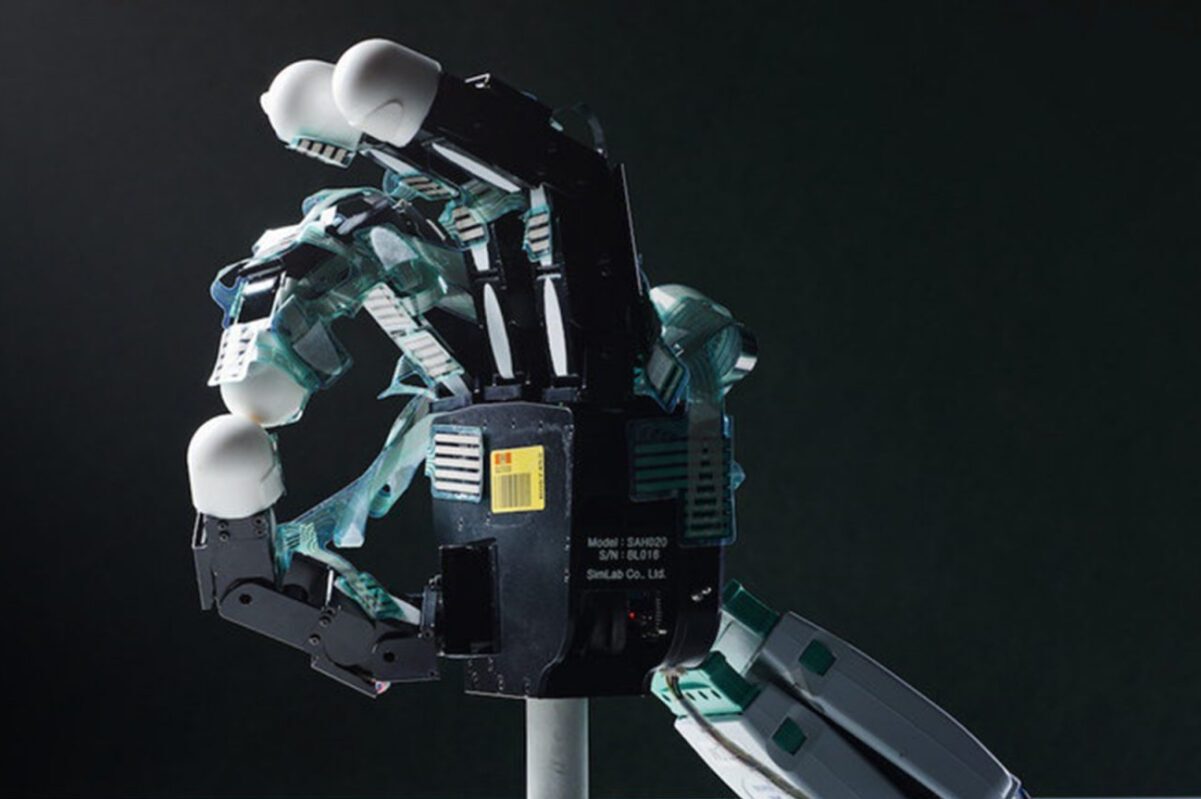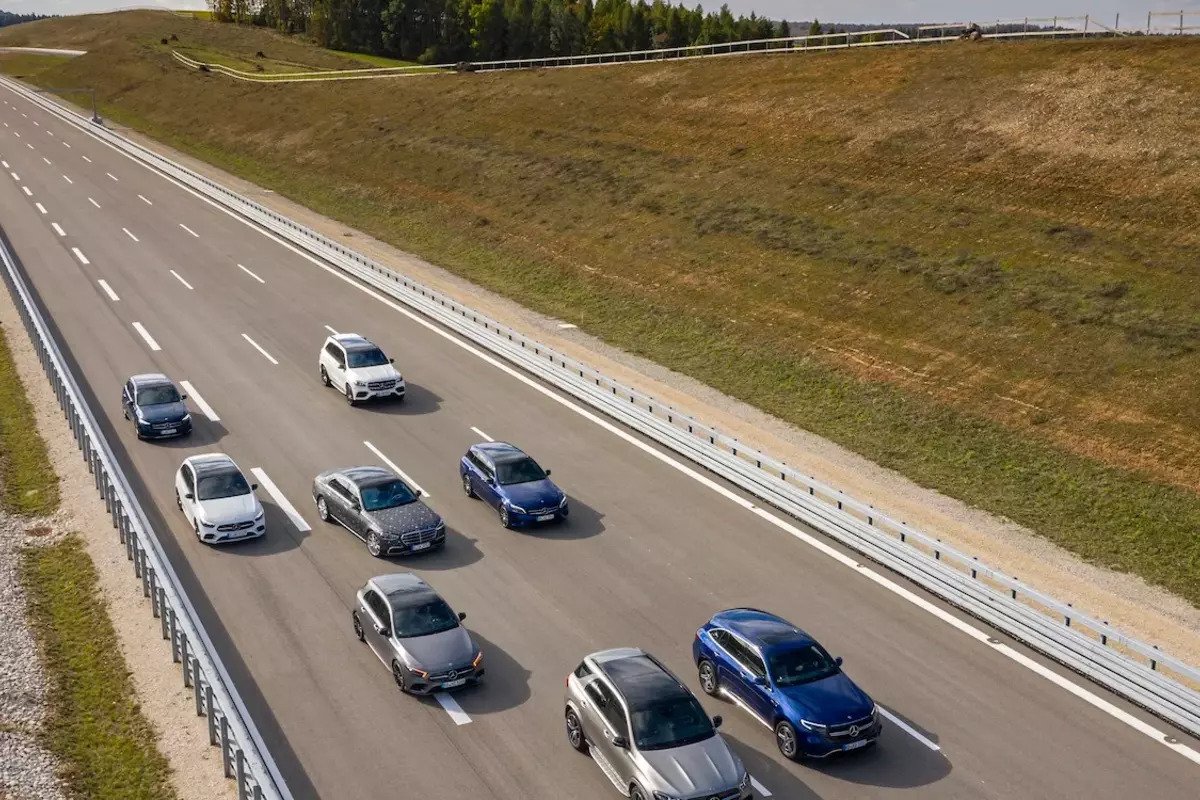Harnessing Technology for Targeted Drug Delivery With the Untethered Magnetic Millirobot




Battery charge time is determined by dividing the battery capacity by the charging current, adjusted for efficiency. Whether it’s the robust lead acid battery used in vehicles or the sleek LifePo4 battery in modern electronics, this fundamental principle remains consistent. As renewable energy solutions like solar charging become more prevalent, with solar panels efficiently converting sunlight, understanding how to calculate battery charge time is crucial. This article offers a deep …
Smart meters are slowly becoming popular because they benefit homeowners and utility companies. Smart meters show your energy use in real-time, so you can see exactly how much power you use at any given time. This makes it easy to identify areas where you can save energy and money.
Smart meters also help to eliminate “bill shock.” This is when a homeowner is surprised by…
At least one in every five people owns a wearable device these days, and for a good reason. Wearable devices are famous for their versatility- they look good and serve various purposes ranging from monitoring biomarkers to serving as vehicles for drug delivery and medical devices.
However, these devices require stretchy and highly deformable batteries to carry out their functions effectively. As a result, a lot of research has gone into improving the flexibility of batteries while preserving battery life as well as other desirable features, but information on …
The Cool-Data project reports that it is now possible to use flexibility and waste from data centres in Denmark. In this article, we will highlight some questions answered by DTU’s researchers on the utilisation of energy in district heating.
A research team from DTU, four companies, and a utility work together on the Cool-Data project to develop and implement a new cooling and storage system modified for small and moderate-sized data centres (about 500 servers).
The European Union desires that data centres …
Isn’t it a wonderful thing when we can bring fiction to life? The movie Starwars highlights a device that is able to draw water from the air- a “vaporator”. Science and technology are now closer to making this object of fiction a reality.
Researchers from Xianming “Simon” Dal’s lab at the University of Texas at Dallas are working on …